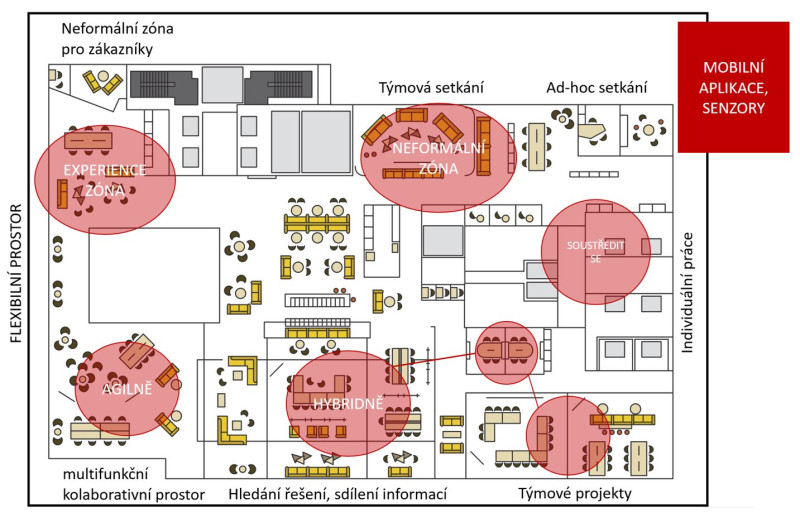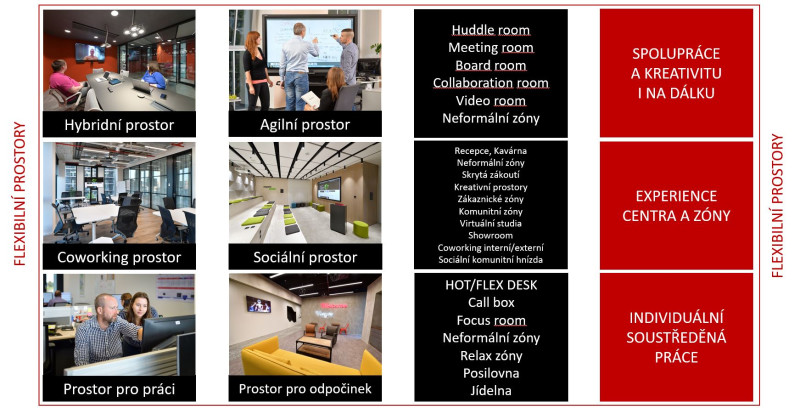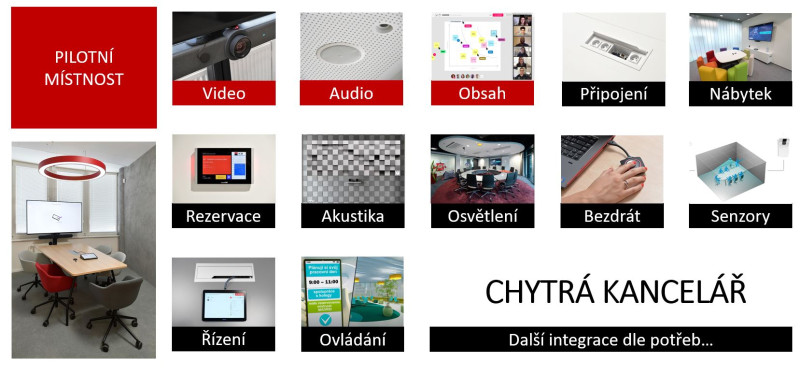
A traditional office is basically a tool for collaboration and individual work. In the new world of work, this tool must change, redesign and redefine itself to serve various purposes.
Workspaces are essential for team building, building relationships with other colleagues, connecting people with the company’s mission and purpose, and more. We are always learning and experimenting with how to use new ways of working. When it comes to hybrid work, the biggest challenge not only for employees, but also for their leaders is knowing WHERE, WHEN, WHO, HOW and WHY to meet in person. WHAT is also important; what kind of digital tools, communication platforms and technologies they will use during the meeting.
Organizations, management and team leaders must create workspaces in which people like to work – not only those in the room but also those connected remotely: spaces must be different, better, more inviting and designed for ways that people work in now. Here are three of the most used workspaces that are based on activity-based work: flexible spaces, hybrid spaces, and spaces for casual one-on-one meetings. In this post, we will introduce FLEXIBLE workspaces.
You can certainly imagine traditional open workspaces featuring rows of desks side by side with no privacy. In contrast, flexible workspaces create an ecosystem of diverse types of spaces for different activities when people really need them. People can actively collaborate or focus individually in ways that best suit their needs and the tasks at hand.
Flexible workspaces intertwine with spaces for individual work, for small team collaboration, larger team or for ad-hoc and random meetings with colleagues, business partners or customers.
Flexible workspaces are usually equipped with mobile furniture and acoustic panels on castors that can be adjusted or moved as currently needed, as well as ingenious solutions for wireless presentation with the ability to connect a personal device, such as a laptop, from anywhere. People are not limited by physical space and can sit wherever it suits them or where they feel best and can start presenting their content to other colleagues using projection, LCD displays, LED walls or interactive displays.
Flexible workspaces are characterized by the fact that people are not present by default at the traditional times of 9am to 5pm and at their fixed desks. Desks are shared, so it is advisable to supplement them with a solution that allows not only to reserve a desk for the appropriate time, but also to get information when other colleagues will be at the workplace in person. This information is especially desirable when you want to invite someone to a personal meeting in a certain part of the flexible workspace where you are at the time and you need to find out if a colleague is present in the office building or works remotely.
For flexible spaces, we recommend creating two or three pilot designs of spaces/rooms that are optimized for your specific work scenarios or frequently used work interactions. Thanks to this, you can verify in practice all the possibilities of how the physical space is used and at the same time try technologies designed for collaboration: communication platforms, interactive applications and displays, video conferencing, wireless presentations, how to connect and charge personal devices, how to use the room reservation or how to automatically set predefined work scenarios in the room using the control system. Last but not least, you get feedback from your people on what they like, what they do not like, and what they do not like at all.
Are you interested in FLEXIBLE workspaces? Are you interested in designing a pilot room right in your office or do you prefer to try everything in practice beforehand? Do not hesitate to contact us or arrange an inspirational tour of our premises, which are designed to match the flexible needs and wishes of our employees.




















